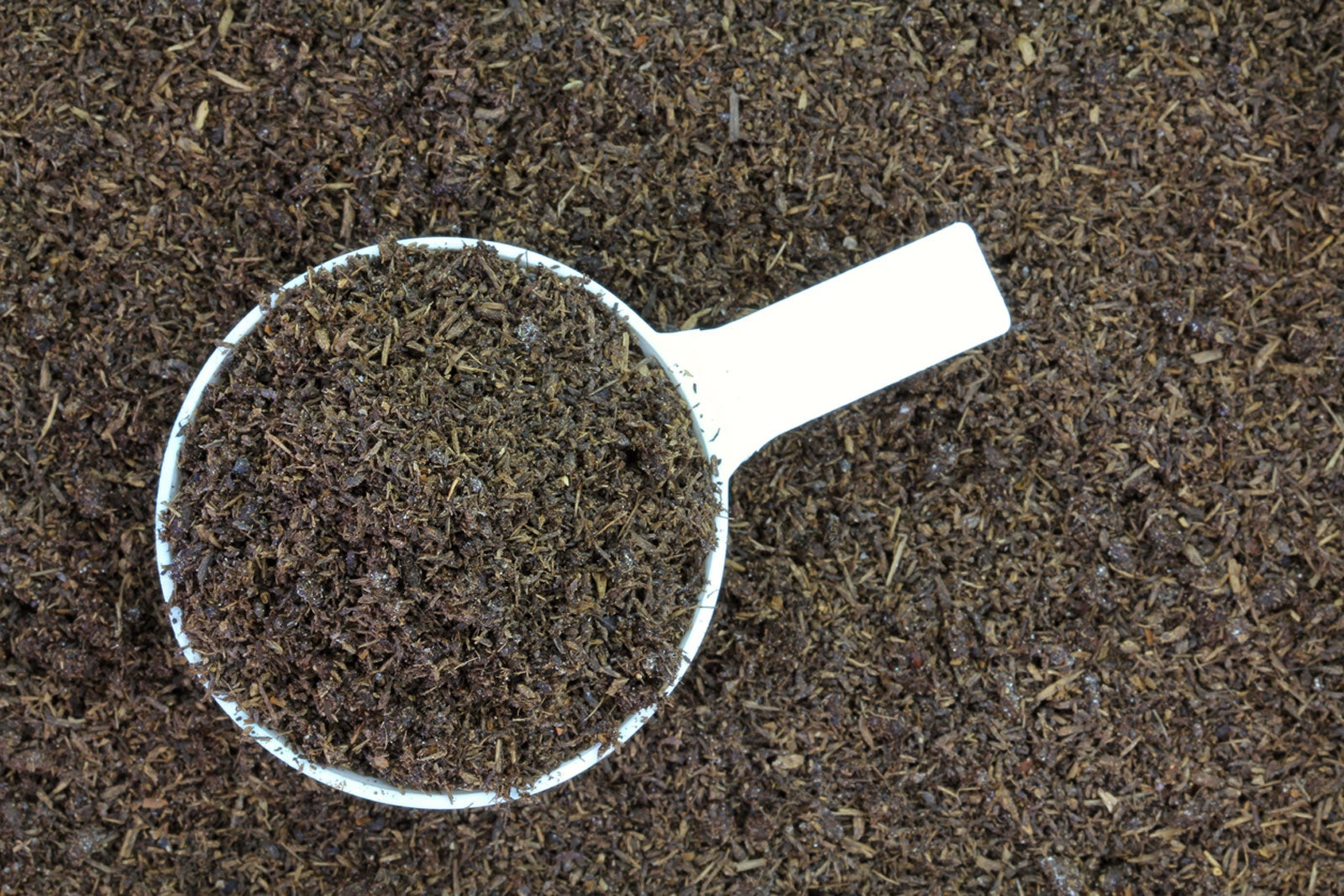Using Organic Worm Castings: How To Harvest Worm Castings For Your Garden


Adding worm castings manure to the soil aerates and improves its overall structure while providing beneficial nutrients to plants. They are also effective for repelling many pests that feed on plants, such as aphids and spider mites. Below we will explain what worm castings are and how to make worm castings.
What are Worm Castings?
Worm castings are an organic form of fertilizer produced from earthworms. Also known as vermicast, worm castings manure is essentially earthworm waste, otherwise known as worm poo. As these creatures eat through compost, their waste creates an optimal soil enricher. Worm castings resemble football-shaped particles that improve soil aeration and drainage, as well as increase water retention in the soil.
Can You Use Worm Castings for Plants?
You betcha! Organic worm castings are excellent for plants. They contain all the essential nutrients that plants need in addition to enriching the soil in which the plants are grown. Not only can this fertilizer be used on nearly any type of plant, it can also be used directly on plants without burning them. Worm castings manure can be applied as top dressing, side dressing, or worked into the soil.
How to Make Worm Castings
Making worm castings, or vermicomposting, is easy. Worm bins or boxes can be purchased or constructed and come in various sizes and styles. However, when making bins for this task, they should be shallow, between 8 and 12 inches (20-31 cm.) in depth, with drainage holes in the bottom. If they are too deep, they may become problematic with odors.
Also, smaller bins work better in the home, fitting just beneath the sink or other similar area. When making a worm castings bin, layer the bottom with sand and strips of moist newspaper. Then, add compost, manure, or leaf litter and another layer of moist newspaper strips and soil. Add some worms and food, such as kitchen scraps or garden waste.
How to Harvest Worm Castings
There are different methods for harvesting worm castings. One of the most popular is the dump and sort method. Simply lay out a sheet of plastic or newspaper and empty out the contents of the worm bin. Collect the worms and add them to a fresh vermicompost bin, then use the leftover castings on your plants.
Another method involves moving the worm castings to one side of the bin while adding new bedding to the other side. Put fresh food on this side and within a couple of weeks, the worms should migrate over.
Gardening tips, videos, info and more delivered right to your inbox!
Sign up for the Gardening Know How newsletter today and receive a free copy of our e-book "How to Grow Delicious Tomatoes".
Remove the castings. In some cases, harvesting worm castings can involve the use of alternate bins as well. Using organic worm castings in the garden is an excellent way to produce healthy soil and plants.

Nikki Tilley has been gardening for nearly three decades. The former Senior Editor and Archivist of Gardening Know How, Nikki has also authored six gardening books.
-
 Zinnias On Repeat: 10 Glorious Cut-And-Come-Again Varieties For Endless Summer Bouquets
Zinnias On Repeat: 10 Glorious Cut-And-Come-Again Varieties For Endless Summer BouquetsThese zinnia varieties keep giving all summer, making them the perfect choice for dedicated cutting gardens – or just the occasional homegrown bouquet.
By Ellen Wells
-
 Create A Romantic Garden Straight Out Of Bridgerton: Regency Era Romance In Your Garden
Create A Romantic Garden Straight Out Of Bridgerton: Regency Era Romance In Your GardenTry some romantic garden ideas straight out of Bridgerton. Flowers and gardens in the Regency era were lush and charming and you can get the same look!
By Bonnie L. Grant